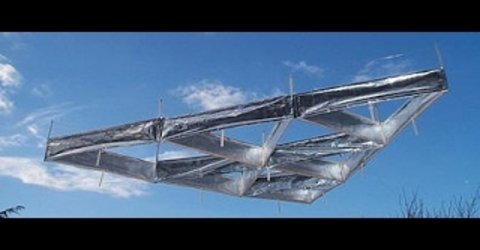A Dutch vehicle manufacturer has made flying cars commercially available for the first time ever.
PAL-V has created the Liberty Sport and Liberty Pioneer, a pair of two-person three-wheelers capable of flying at speeds of up to 112mph.
The Sport is the cheaper of the two, with the base model starting at $400,000. The Pioneer, meanwhile, comes in at $600,000.
That extra cash gets buyers training sessions, power heating and an electronic flight instrument display.
Potential buyers that can’t afford to lay that sort of money down up-front can instead drop a non-refundable deposit of $25,000 for the Pioneer, or $10,000 for the Sport.
Both versions of the Liberty use a retractable rotor blade and a pair of engines, one that’s used for driving, the other for flying.
On the ground, the Liberty is capable of moving at a top speed of 100mph, can go from 0-62mph in nine seconds, and has a range of 817 miles and fuel efficiency of 31mpg.
PAL-V says it takes 10 minutes to switch from driving to flying mode and, in the air, you’ll get 310 miles from a full tank.
“After years of hard work, beating the technical and qualification challenges, our team succeeded in creating an innovative flying car that complies with existing safety standards determined by regulatory bodies around the world,” said Robert Dingemanse, the CEO of PAL-V.
Unfortunately, they won’t start shipping for a while yet, with first deliveries of the Liberty scheduled for the end of 2018.













